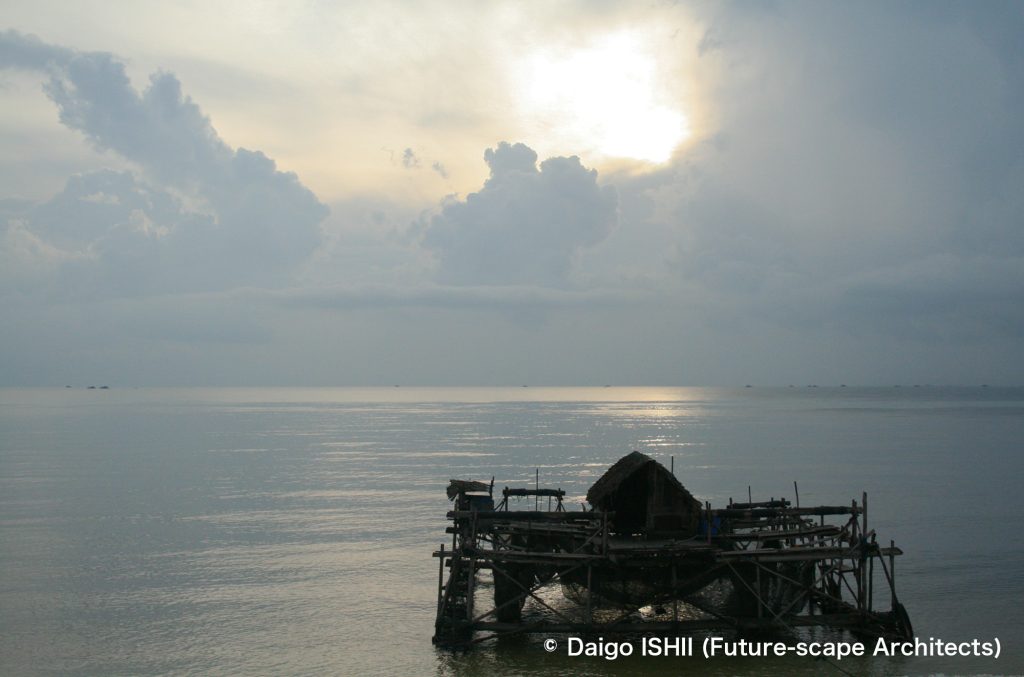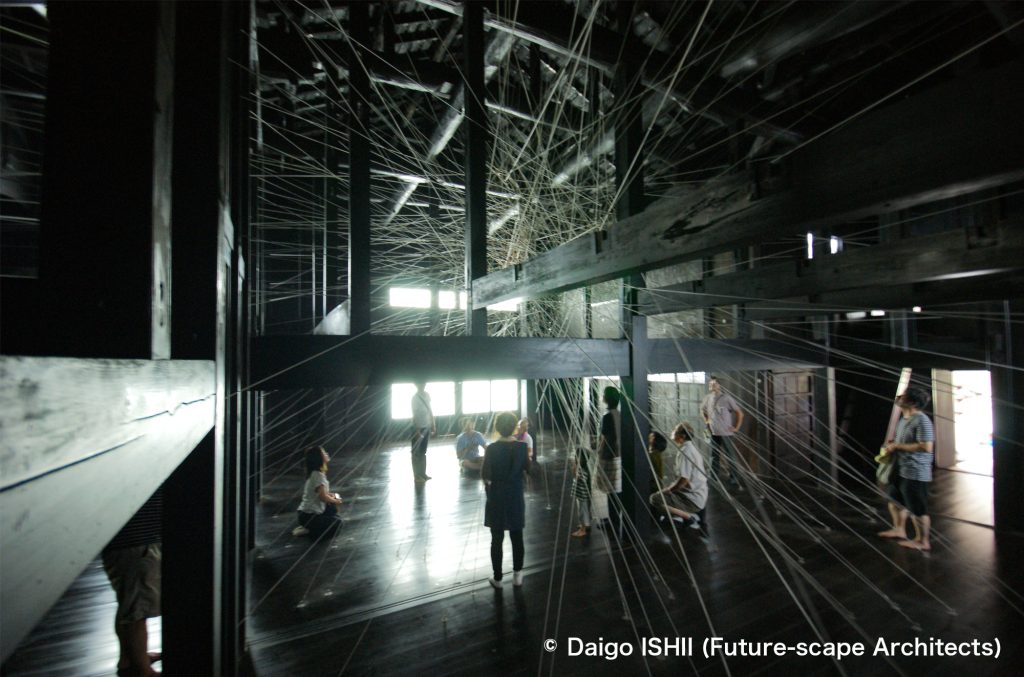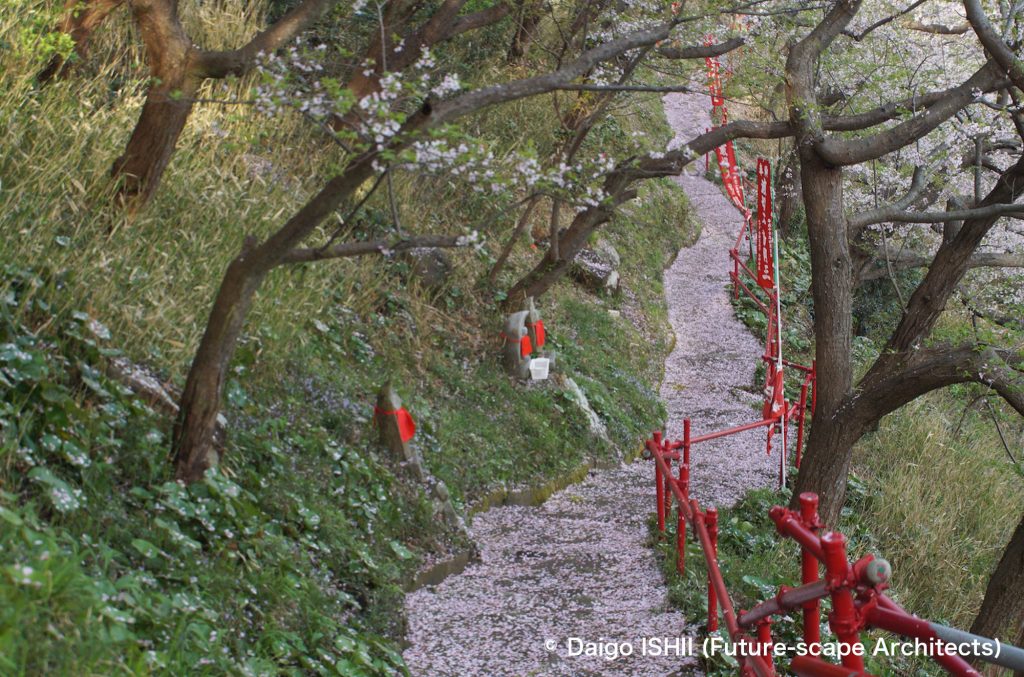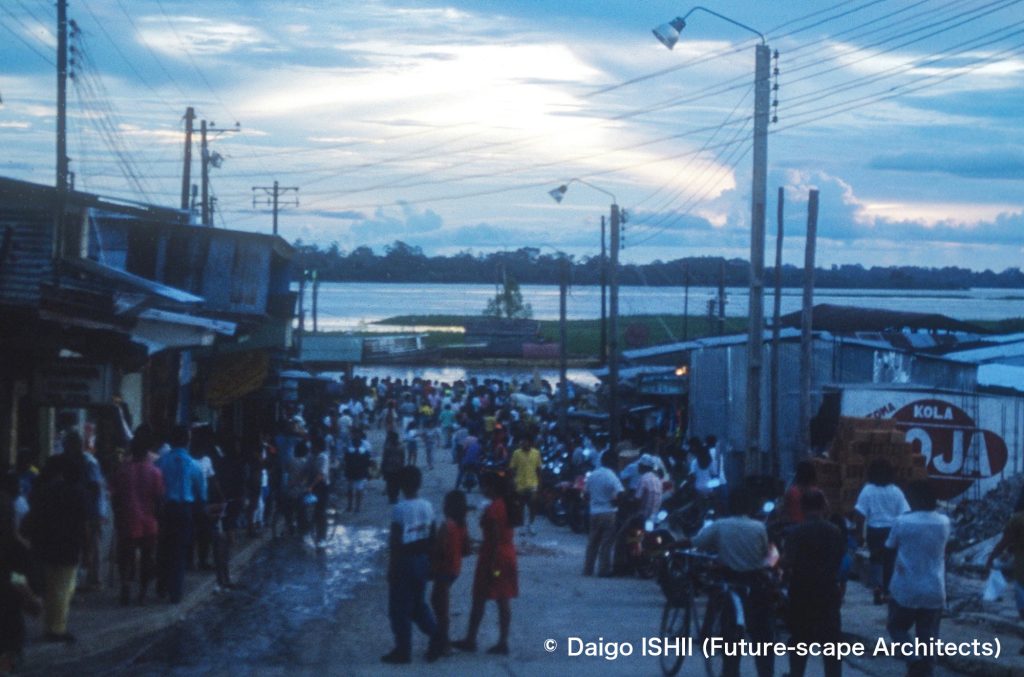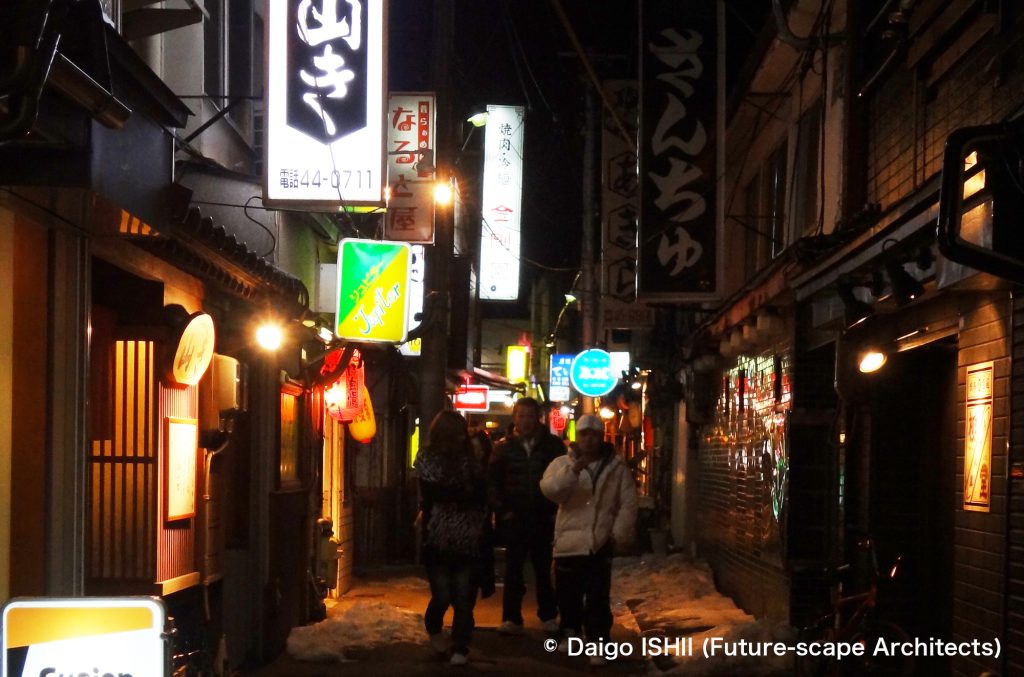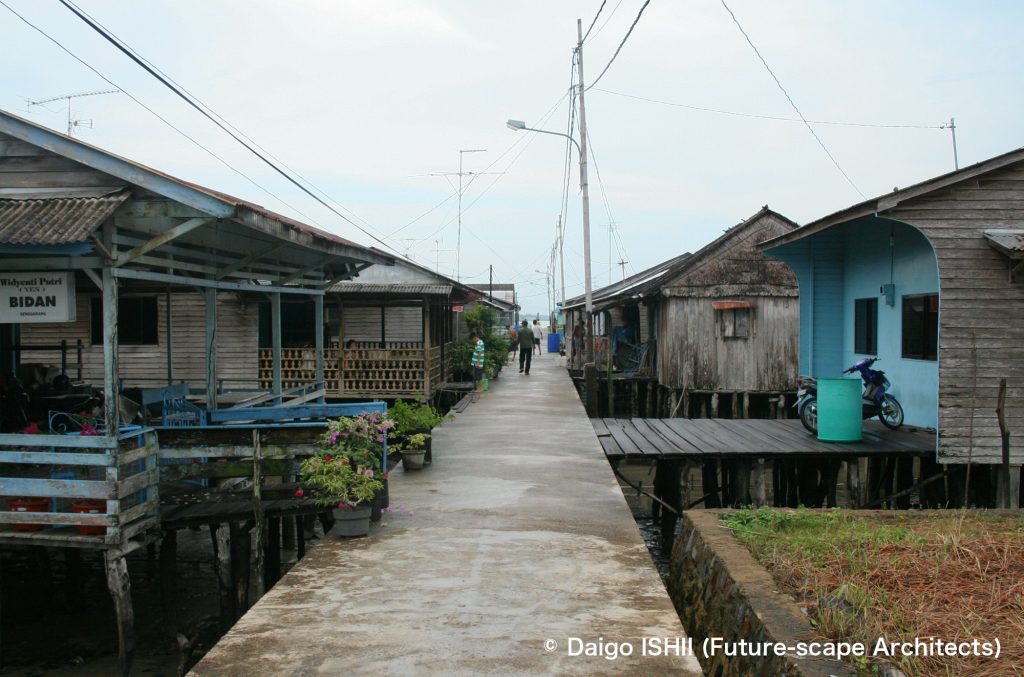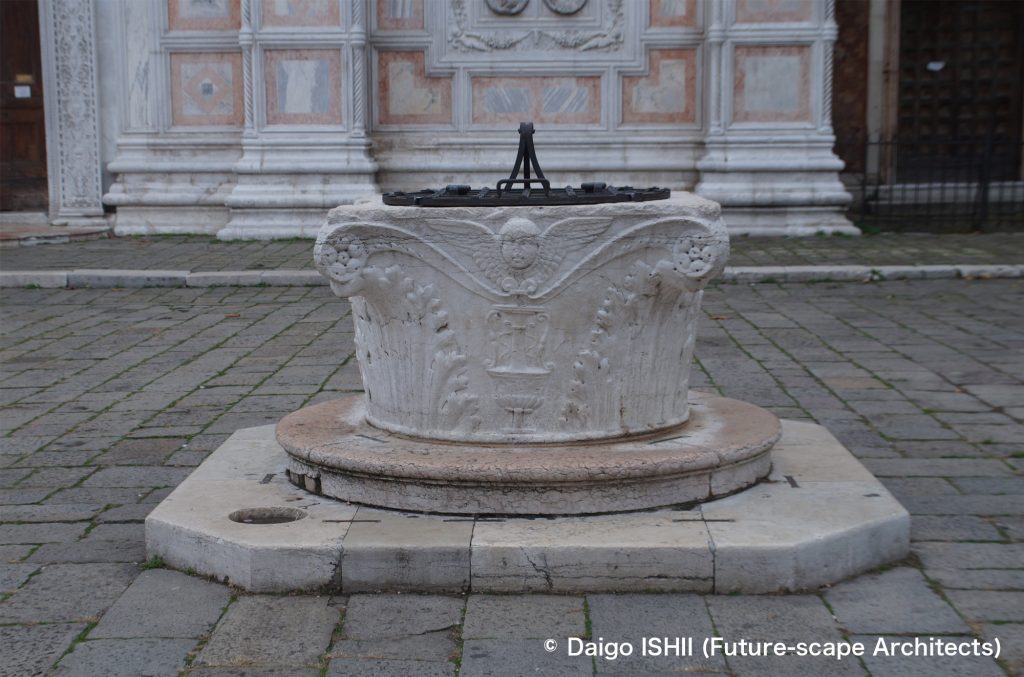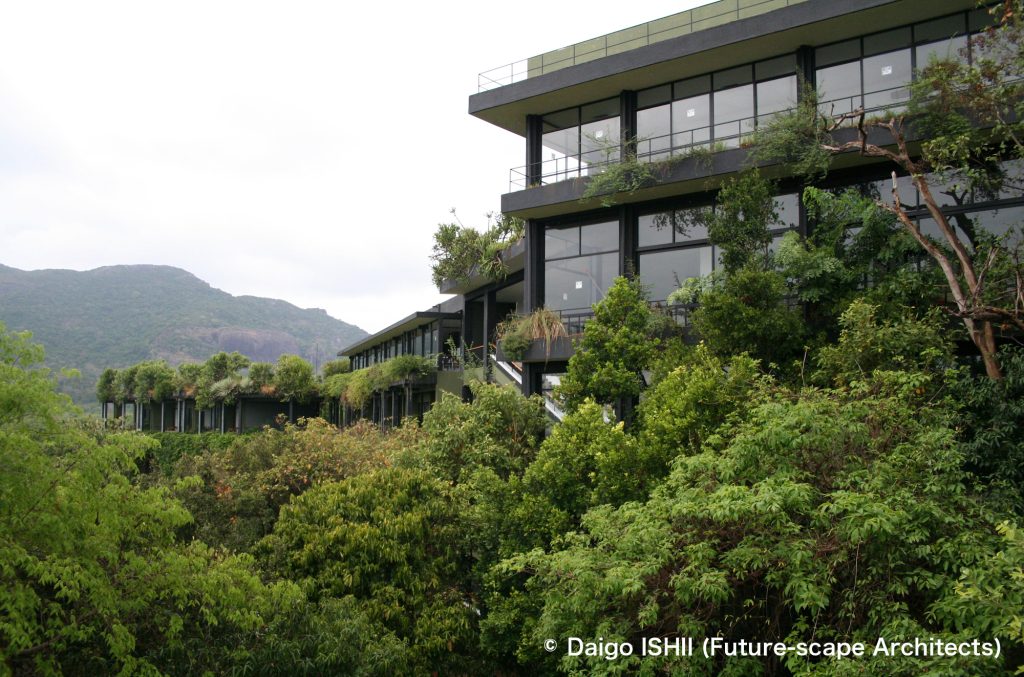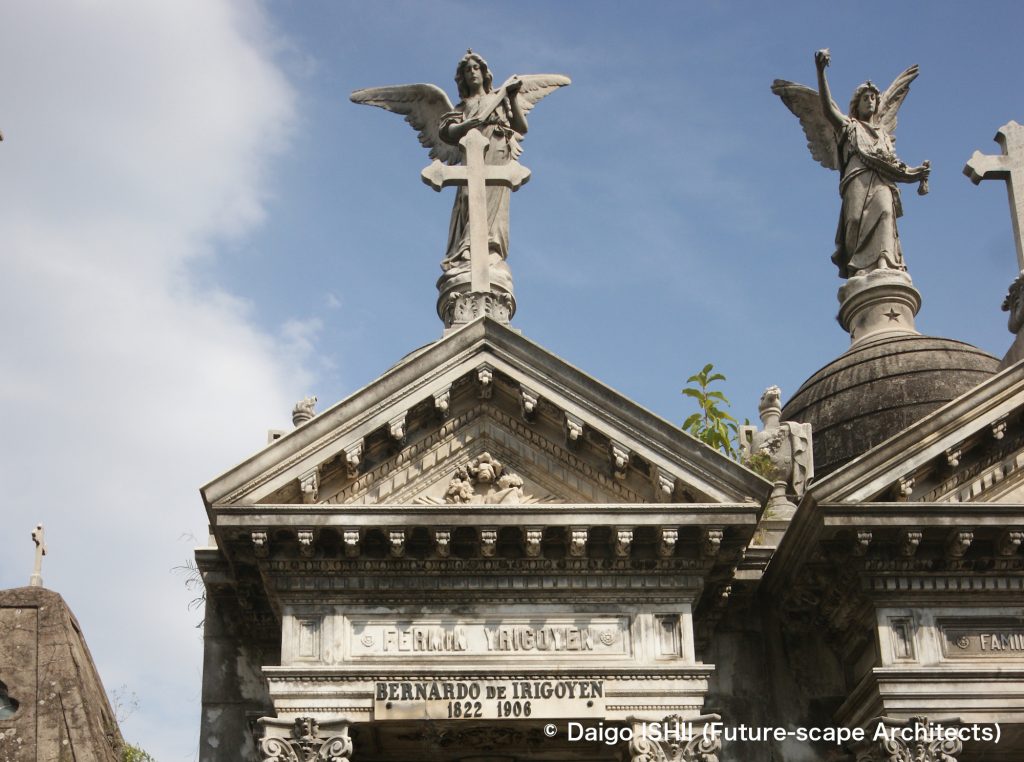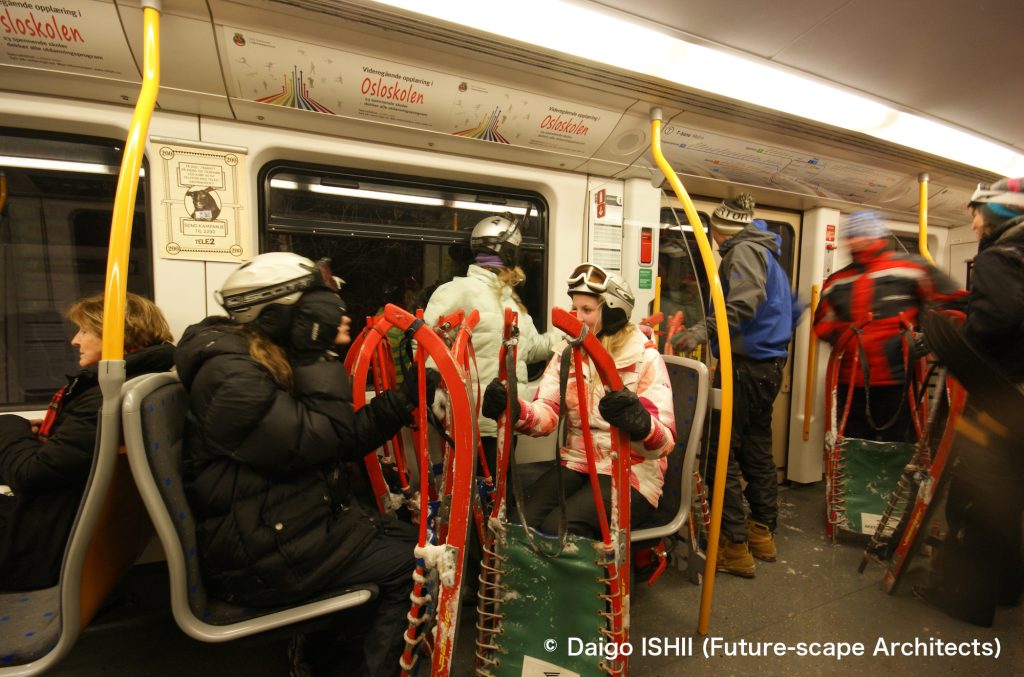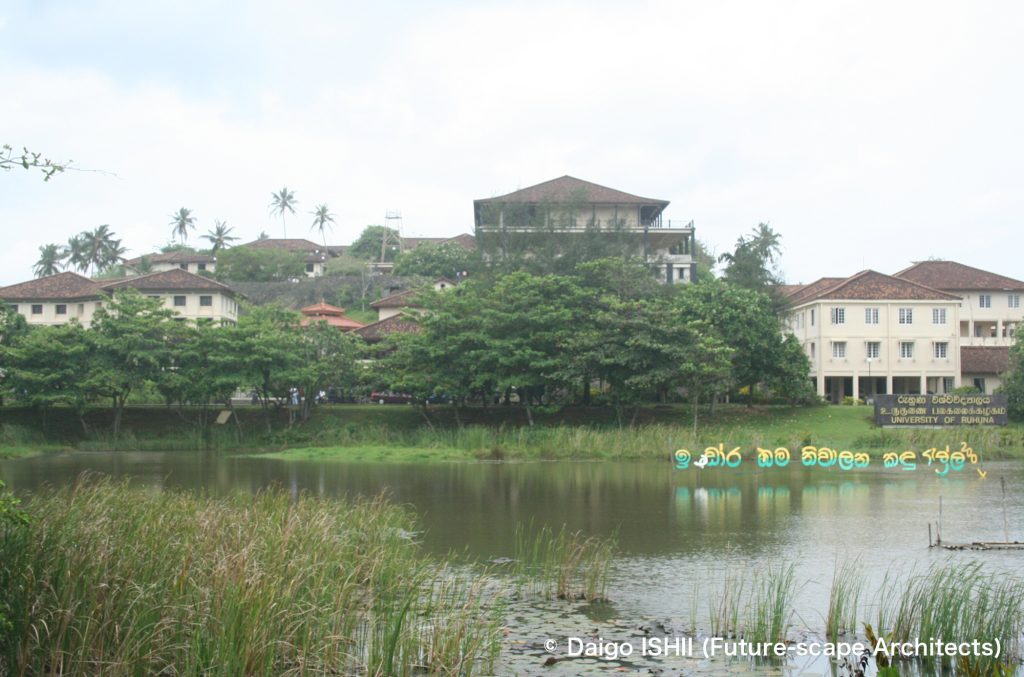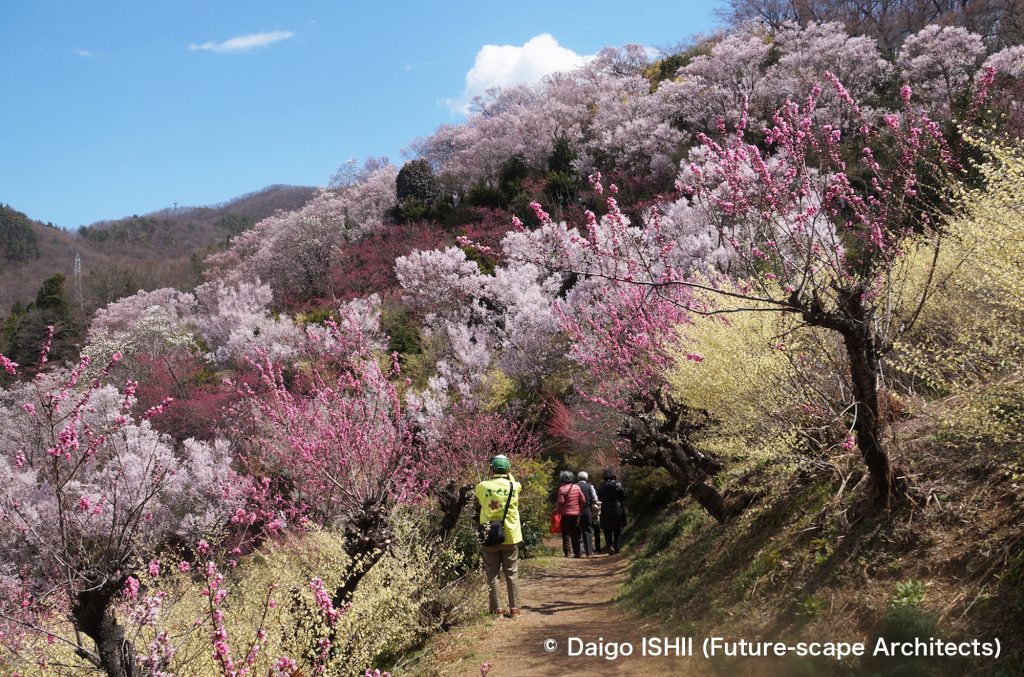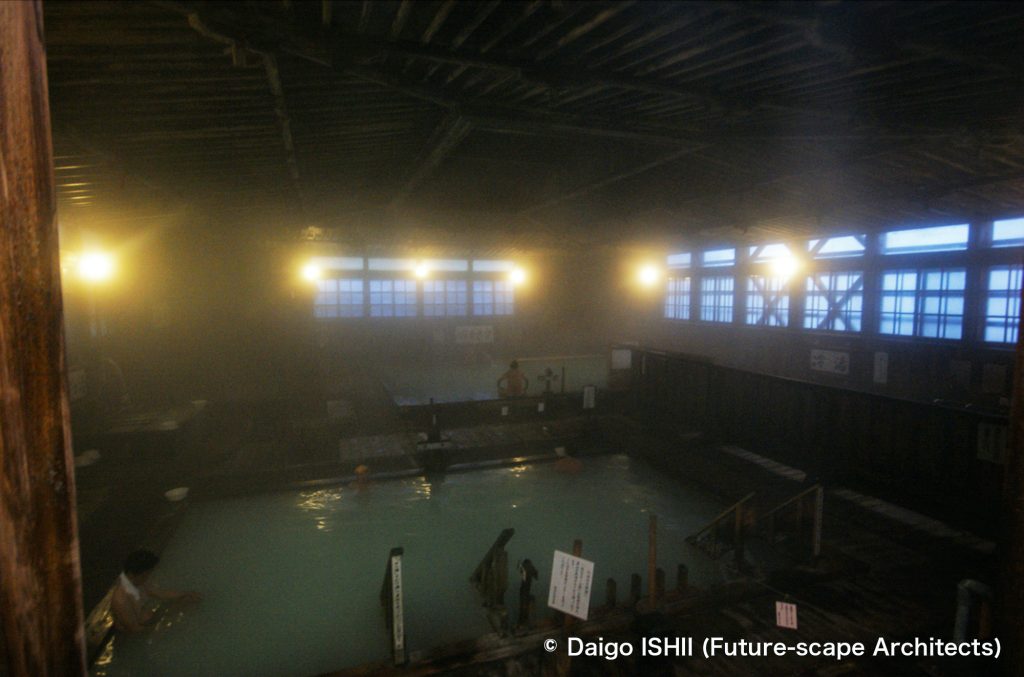The 9th Echigo-Tsumari Art Triennale is held this 2024. I am deeply moved about the fact that 24 years have passed since the first one.

Since I have been involved in planning of the festival and also participated in it as an architect, I have been visiting Tsumari repeatedly. So, I have become sensitive not only to the transition in the art, but also to the changes in the places. This year, I felt like the amount of change suddenly became much larger.
The first is climate change. At the end of August, my friends who went around with me said, "It was so hot in Tsumari?" Previously, although it was hot during the daytime because of the Föhn effect, it became cool at night. This year it was hotter than usual during the daytime, and the muggy heat did not go away even at night.
It was in the spring. In the terraced rice fields, which I appreciated the most beautiful in Tsumari, my friends and I had been planning to cultivate them with the owner. But, at the time of rice planting, there was already little water in the reservoir. While farmers who make a living from it were reducing the area to cultivate, we outsiders could not use the water, so canceled the plan this year. In Tsumari as one of the snowiest areas in Japan, the amount of snow has been decreasing since last winter. That affects rice cultivation supported by meltwater.
The next is the population declining and aging. In the tour with my friends, I got the impression that abandoned rice fields, which were covered in weeds, and deserted villages, where vacant houses have been demolished, were increasing at an accelerating rate.
When I first came to Tsumari in the mid-1990s, the population was 80,000, but now 60,000. So, since the population of 25% decreased, the actual state was natural. However, what is surprising is that the number of tourists has increased by 123% in Tsumari in 2022 compared to 1995 though that in Niigata Prefecture has decreased by 68%, and that of the nearby famous skiing resort town Yuzawa has plummeted to 28%.
The increase in this mountainous area with full of issues shows the effect of the Art Triennale. In some places, it exceeds the saturation point now. The Kiyotsu-kyo Gorge Tunnel, which has become a representative of this art festival, is only available on weekends to those who make a reservation, and is jammed with traffic on weekdays when reservations were not required. Kojima-ya Sohonten, a famous soba noodle restaurant, refused to accept group tours on weekends due to too many customers. Even on weekdays after the summer holiday's period, large tour buses for foreign tourists circulated the area. The art festival discovered the value of Tsumari with agricultural landscapes, quaint villages, and old folk customs, and has promoted the area along with art. Even if the art festival could not reverse the decline, it has slowed the decline speed and has grown into a mechanism to support the region with exchange population.
What will the next 25 years bring to Tsumari? With the accelerated aging, the population declining and climate change, which no one forecasted a quarter century ago, Tsumari is sure to undergo major changes. How will this art festival relate to the region in these circumstances? Since it is an art festival that has always been ahead of the others, I hope that it will open the way as a vanguard.
I introduce the Echigo-Tsumari Art Triennale while looking back on its history in the next 5 posts. In 2024, Echigo-Tsumari Art Triennale will run until November 10th. I hope you will go to Tsumari and think about the future of rural area, art festival and Japan.
2024 New artworks in Echigo-Tsumari Art Triennale 2024
2024 Ken KAGEYAMA ”HERE–UPON YORISHIRO”
Using living cedar trees from the cedar forest in the precincts of Takaogami Jinja Shrine, he created a dome by layering cedar leaves. The artwork of 2022 in the same place was also wonderful, and this artwork also had the power to sanctify the entire forest, even though it simply created a focal point like a god's abode in the center of the cedar forest. The landscape of the entire precincts of Takaogami Jinja Shrine is also splendid. (Opening during the 2024 event)
English Website
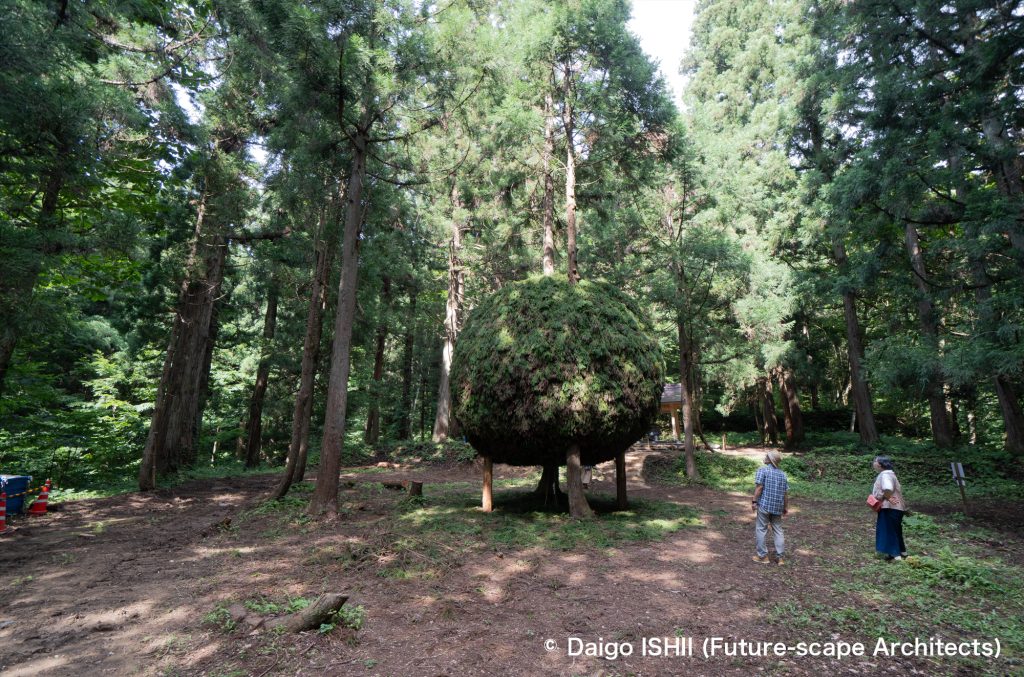
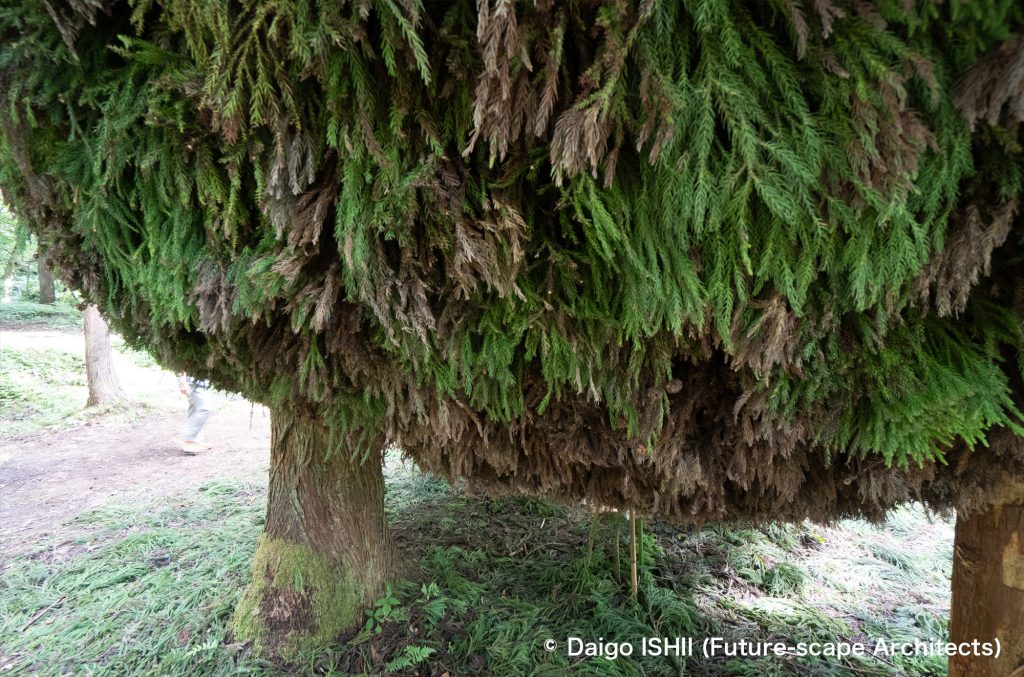
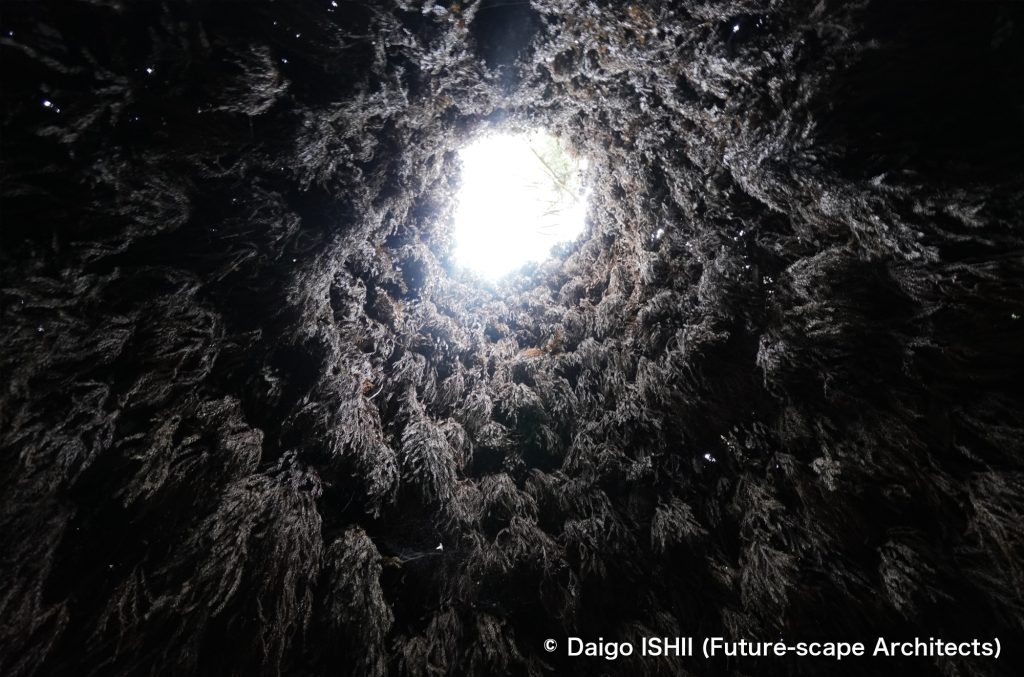
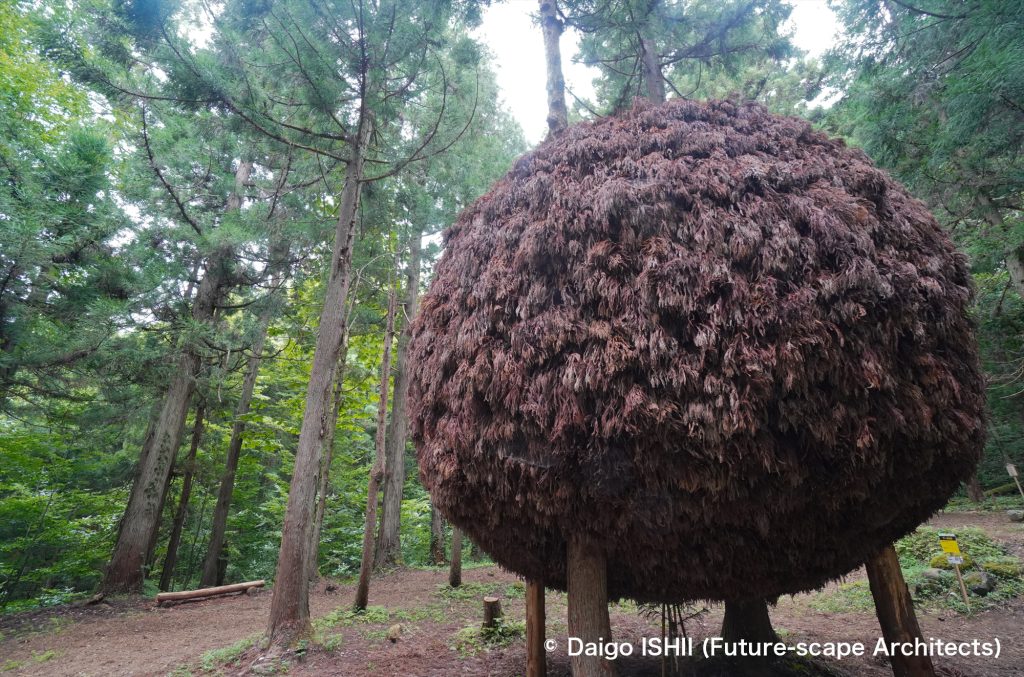
2024 Antony GORMLEY ”HERE–UPON YORISHIRO”
This artwork is installed behind the work by Ken Kageyama at Takaogami Jinja Shrine. In Echigo-Tsumari Art Triennale in 2022, a traditional god's abode had been installed in the same place. This year the small shrine was built there, and a stone that Gormley selected from the Shinano River is placed in the center. It is carved into it, showing the outline of Gormley's own body as he embraces the stone. (Opening during the 2024 event)
English Website
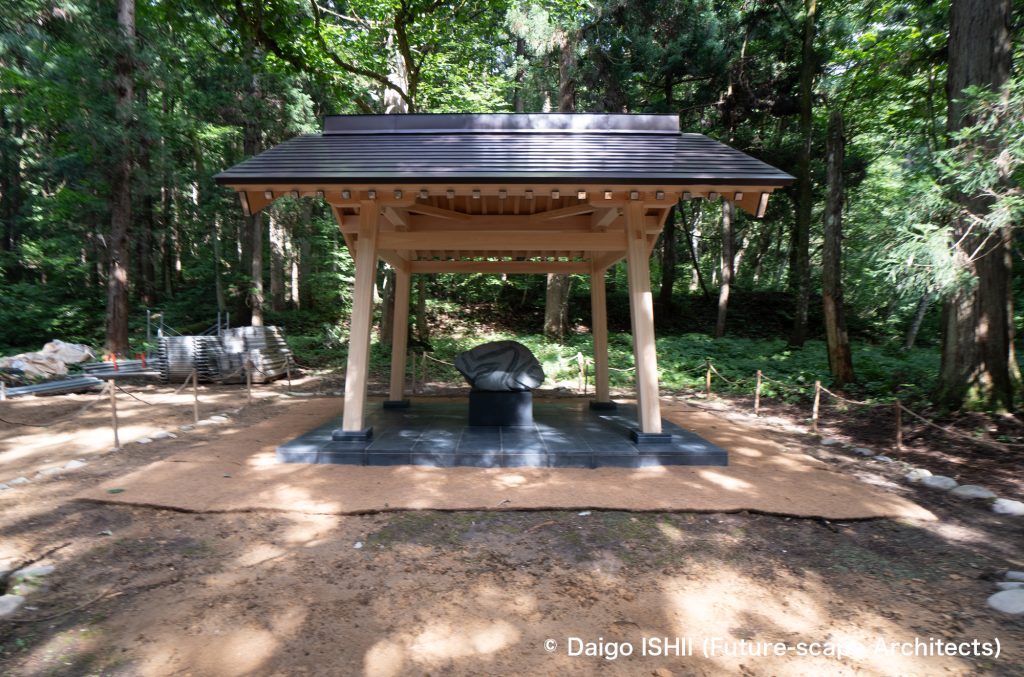
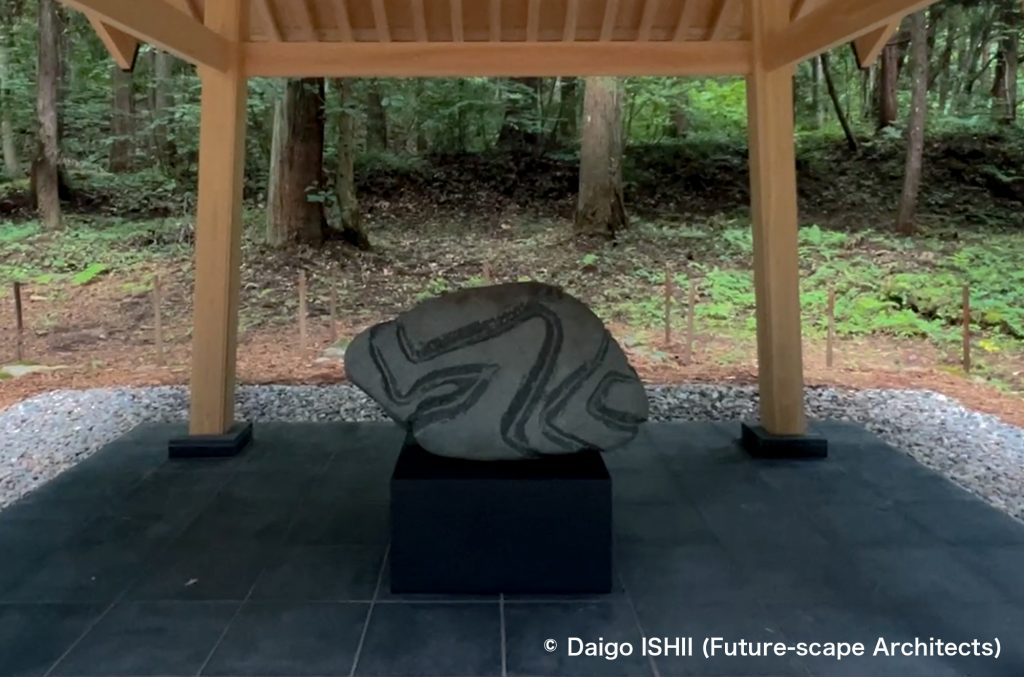
2024 Tohru NAKAZAKI ”32 Resting Stones/Sanji and Kyuseki”
The installation was created in an old house using haiku poems written by Sanji MURAYAMA and Kyuseki MURAYAMA, residents of Kamikawate community, and stories heard from their wives and sons, as well as 32 resting stones after two men's names, that is, Sanji (32) and Kyuseki (Resting Stones). The house renovation design was executed by Takaharu and Yui TEZUKA in 2009 as the "Rei House." (Opening during the 2024 event)
English Website
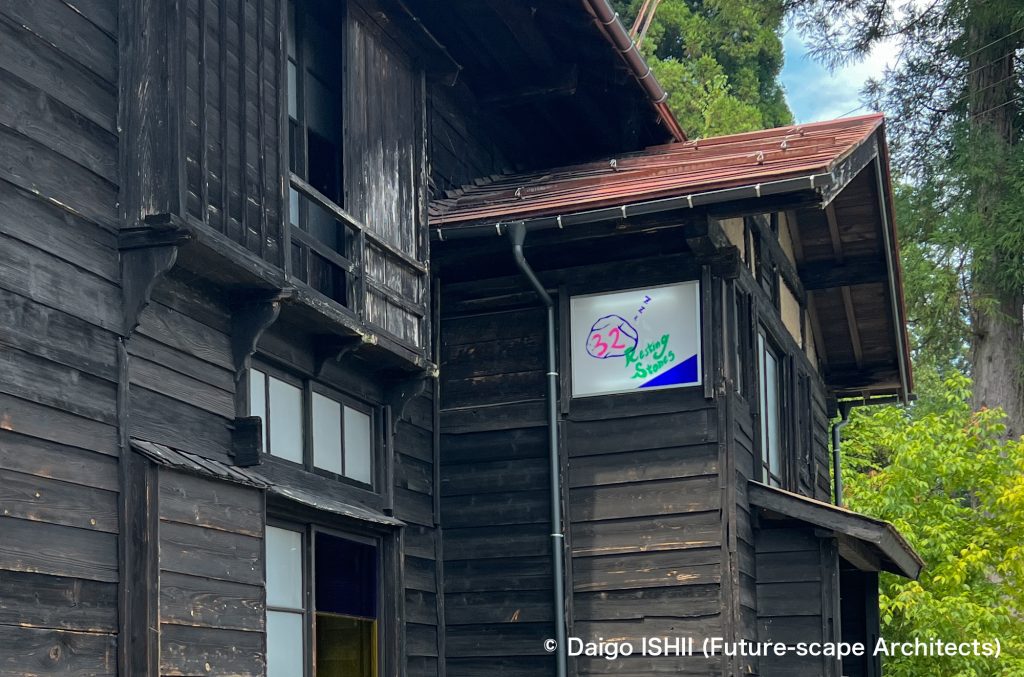
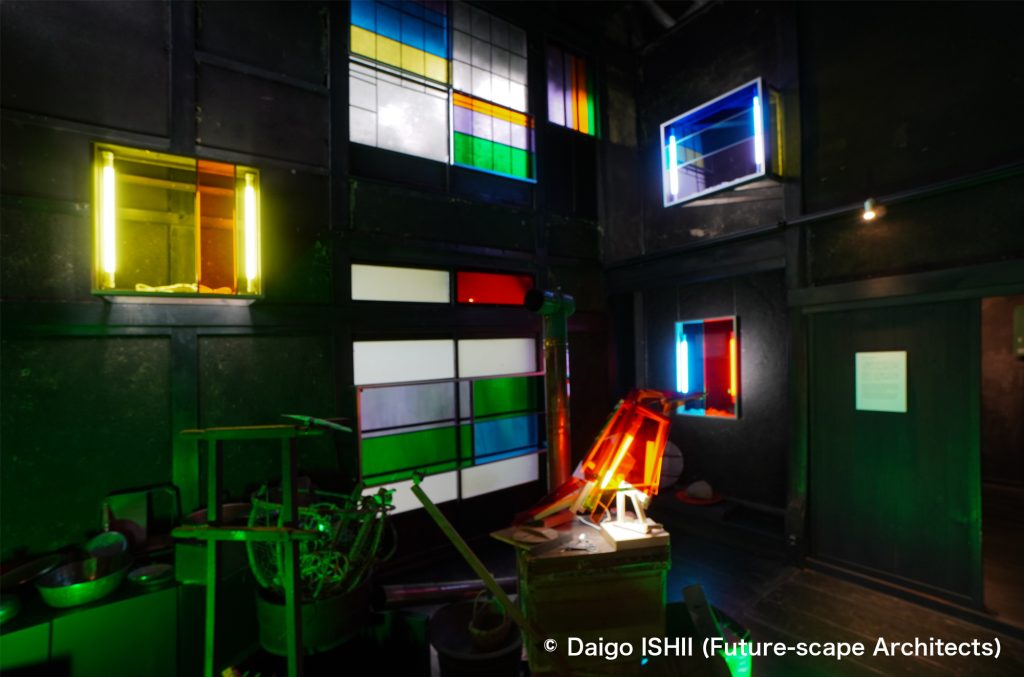
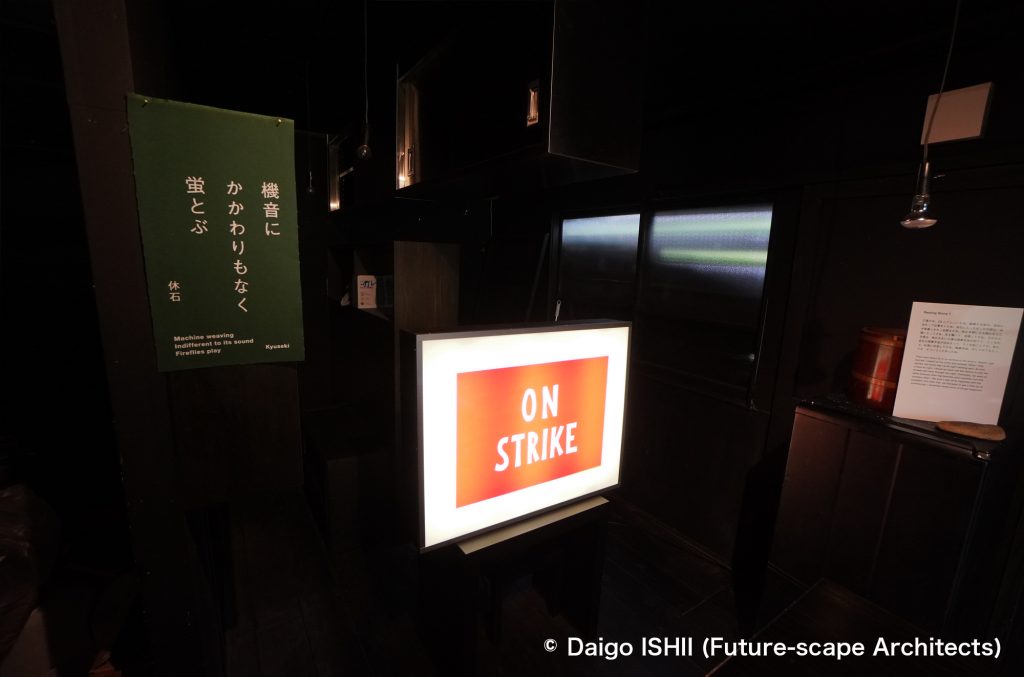
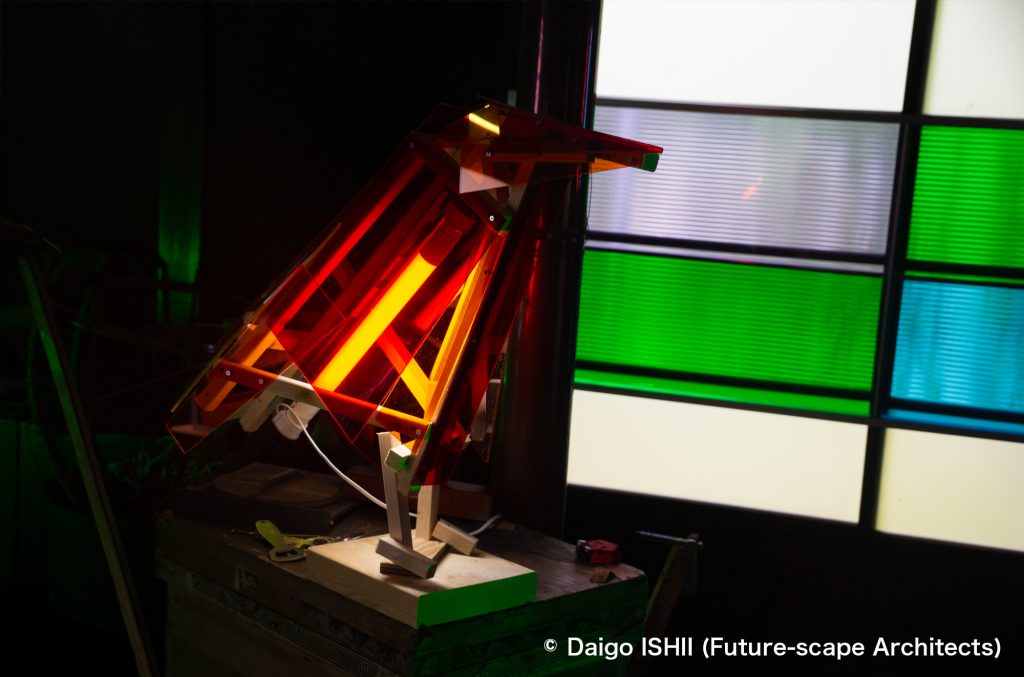
2024 Takafumi FUKAZAWA and others ”Akeyama Arts Center”
The Oakazawa Elementary School, which closed in 2021, was renovated into a place to learn about and inherit the folk customs and beliefs of Akiyama-go area, and to exhibit artworks based on them. Various artists and researchers will use this place as a base for their activities. (Opening during the 2024 event)
English Website

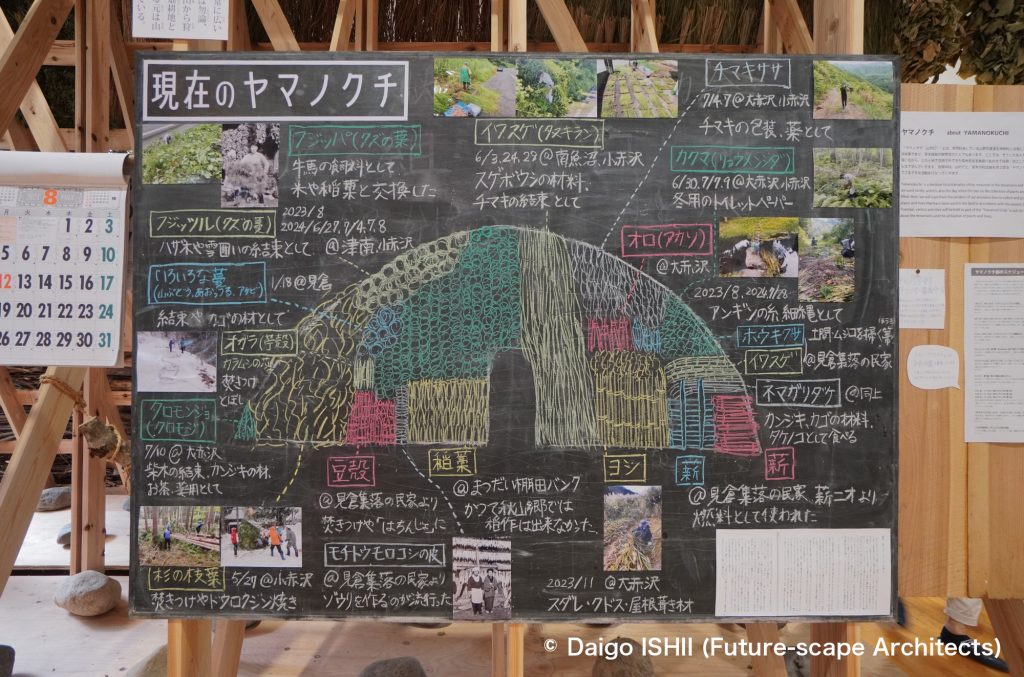
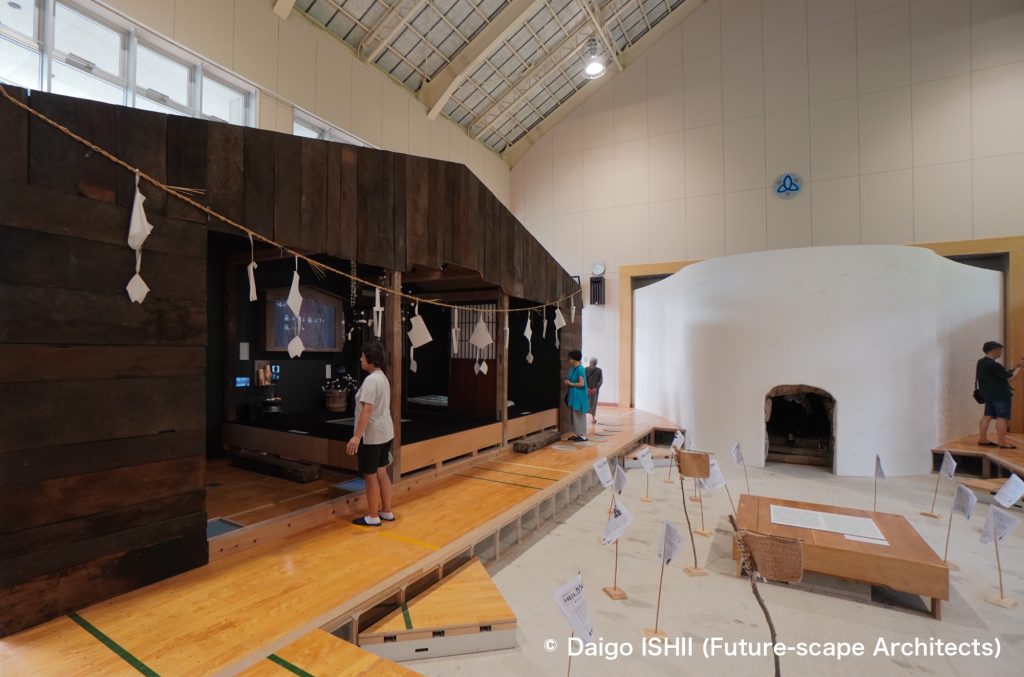
2024 Yasunori KINUKAWA ”Mineralized Landscape”
This artwork is on display at the former Karekimata Elementary School, run by Kyoto Seika University. Using limestone collected at rivers in Niigata Prefecture, lithographs of Karekimata's landscapes and plants are produced, and the stones used as the printing surfaces are installed like a rock garden in the precincts of the shrine adjacent to the facility. (Opening during the 2024 event)
English Website
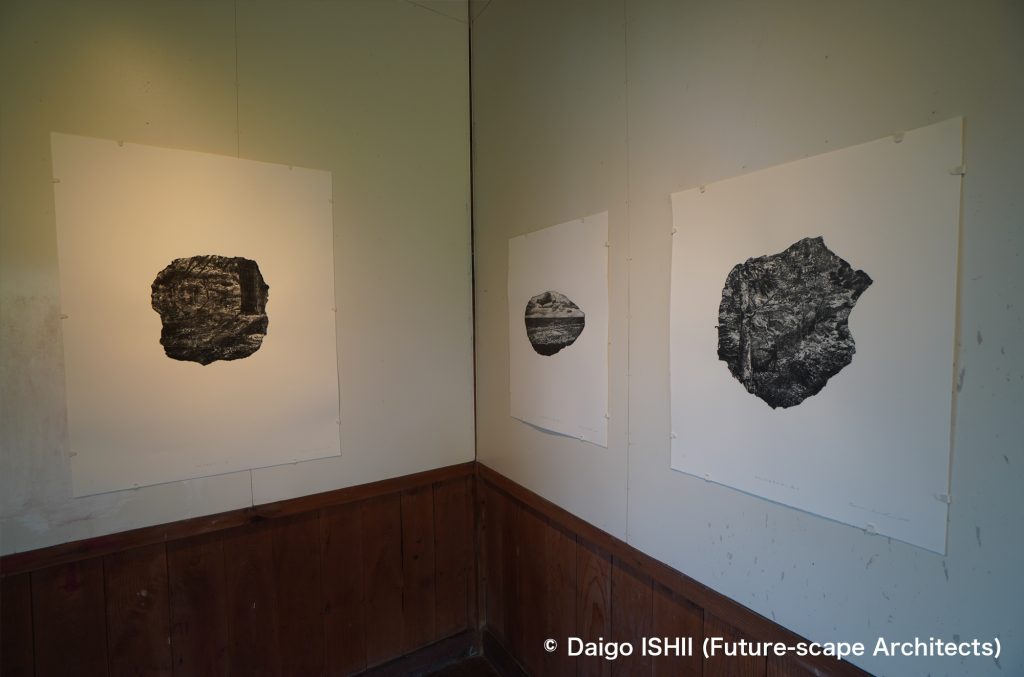
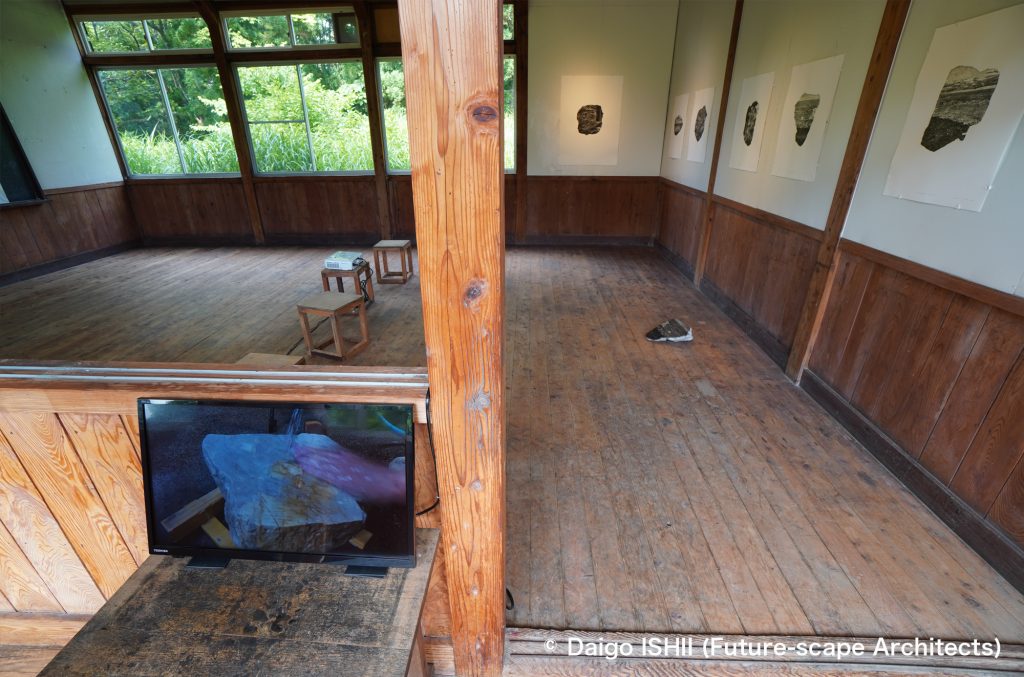
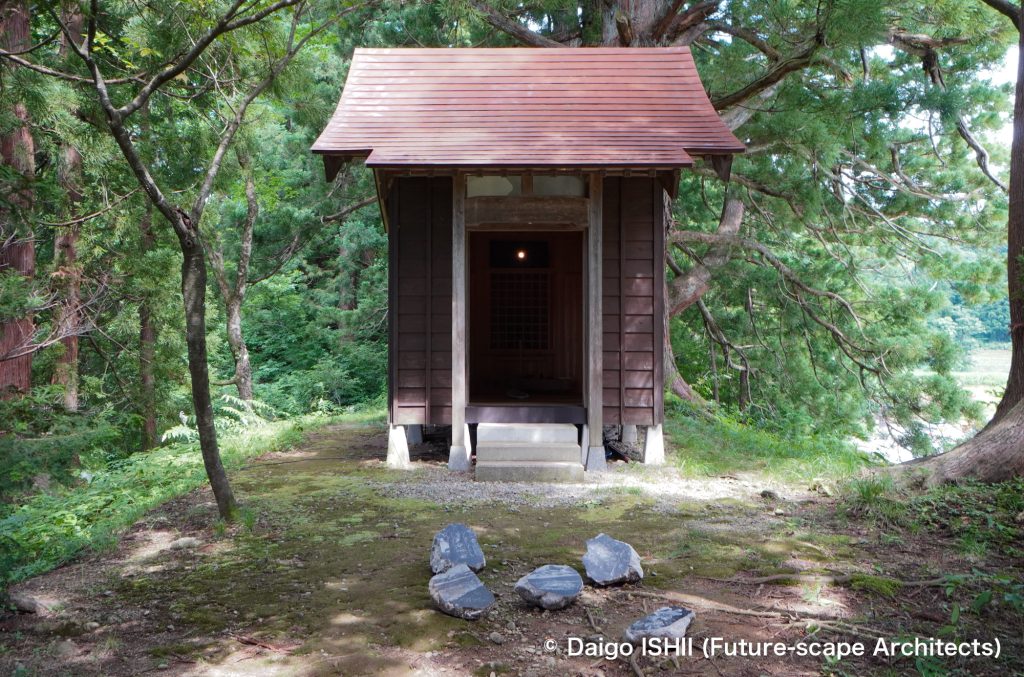
2024 Kazuya IWAKI + Tokyo Denki University Iwaki laboratory ”reservoirs on river terrace cliff”
The two installations, a dome floating int the air and a ring floating on the pond, sparkle beautifully in the light. (Opening during the 2024 event)
English Website
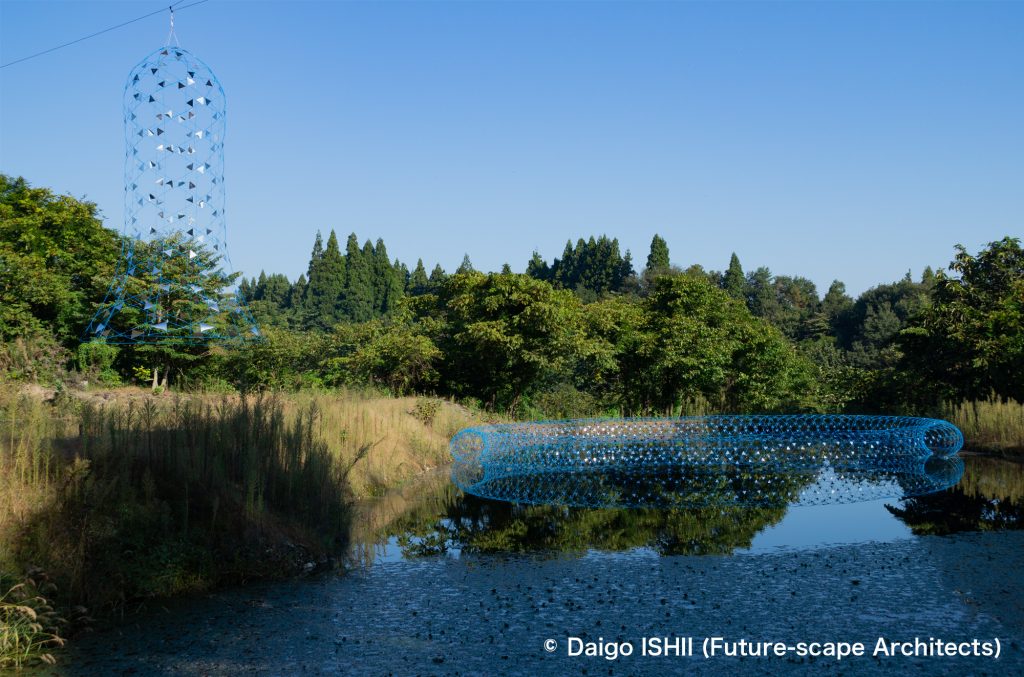
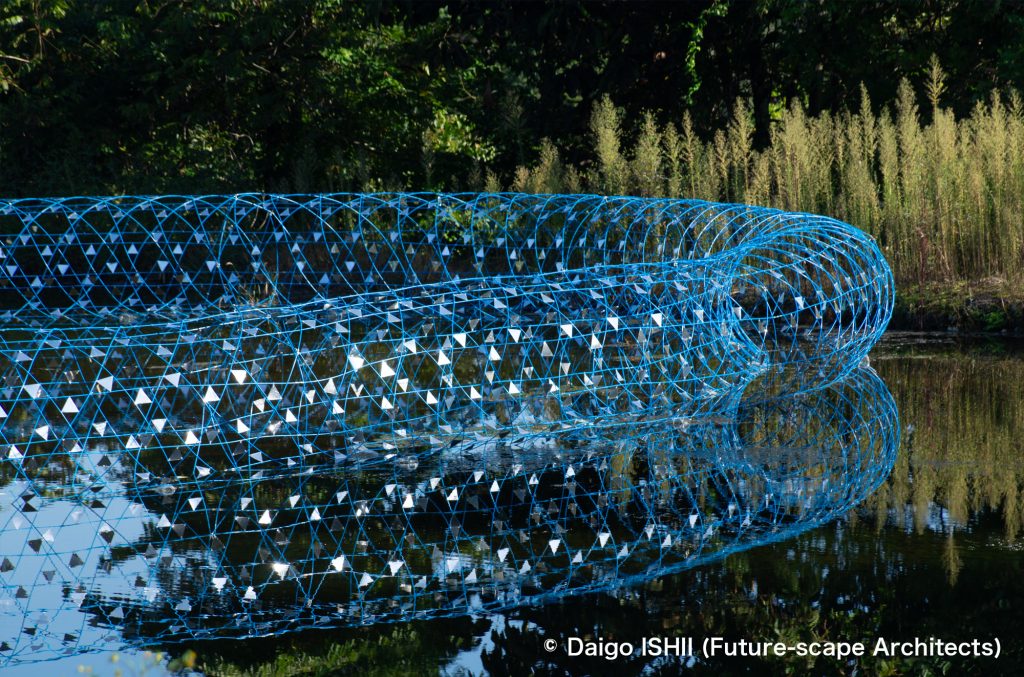
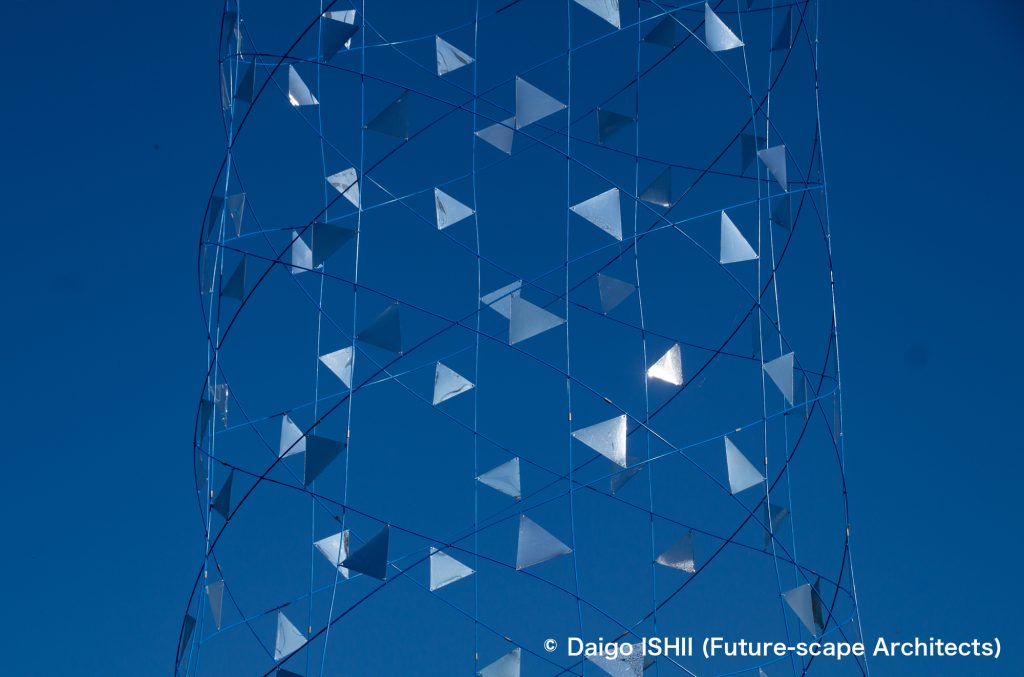
2024 Hiroko KUBO ”Sphinx of the three mountains”
The sphinx statues, which controls the life and death of travelers, were installed near the center of Kawanishi district, where local religious statues are dotted around the area. The sphinx statues connect the statues that had existed separately. (Opening during the 2024 event)
English Website
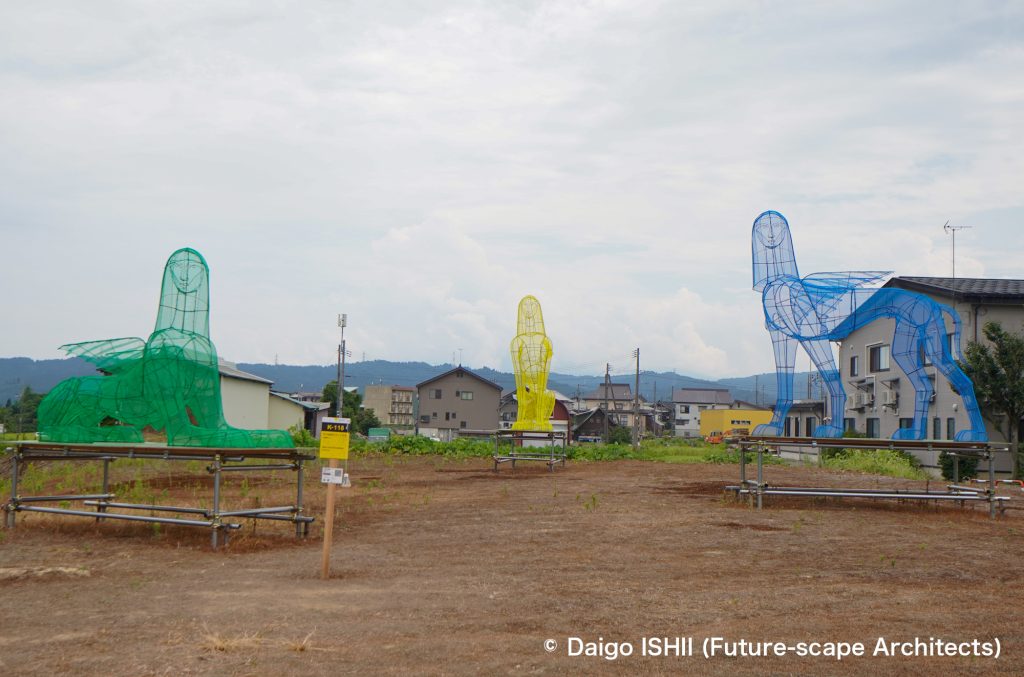
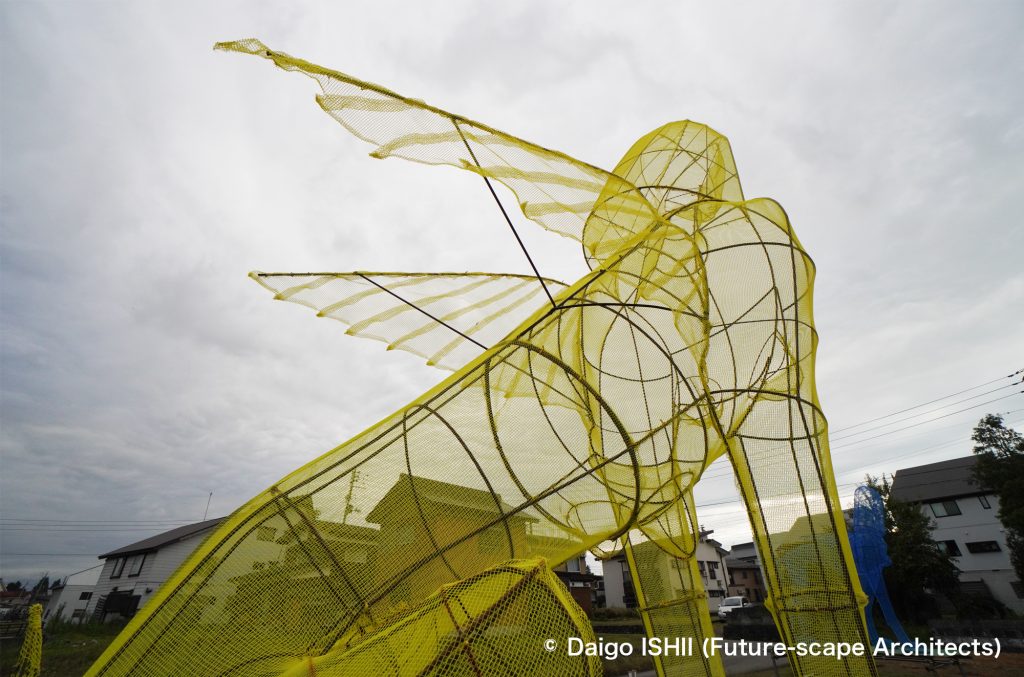
2024 Ayşe Erkmen ”In and Out”
This artwork is located in a private house that was once home to a carpenter in the Yuyama community. The house itself is covered in white wire mesh, and the furniture inside the house is also covered in white wire mesh. That brings the presence of the house and the life, which had faded away as the inhabitants leave. (Opening during the 2024 event)
English Website
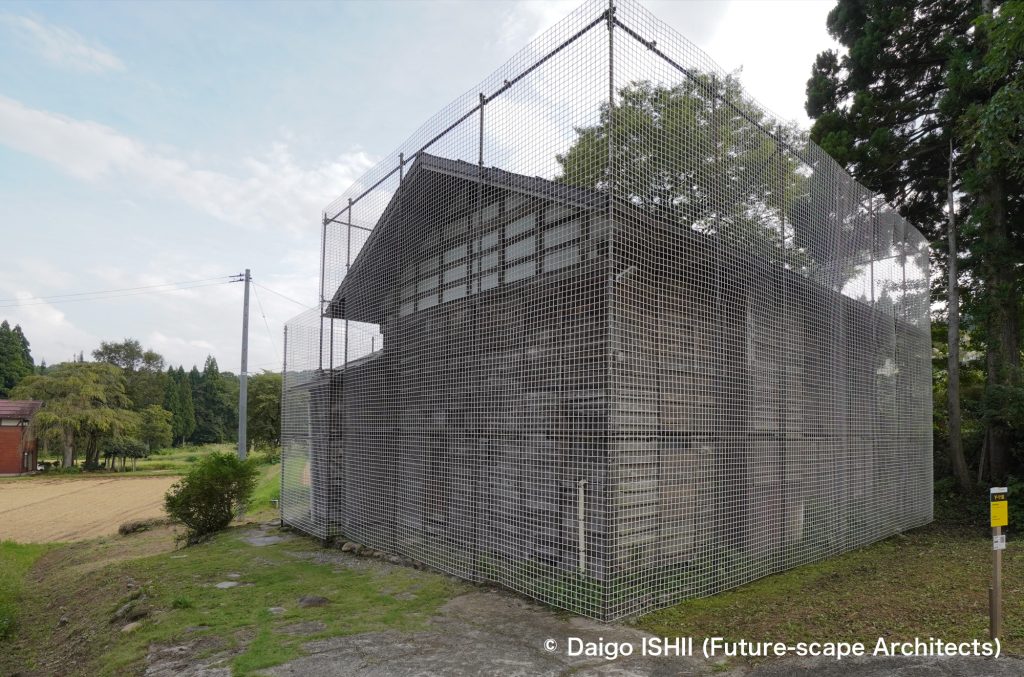

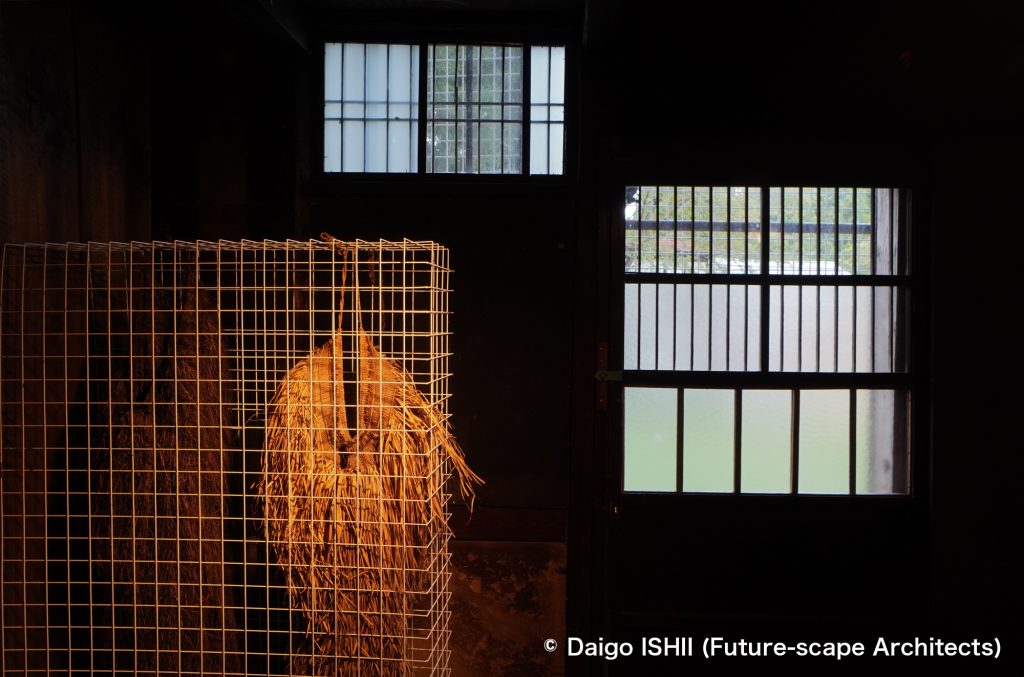
2024 Yansong MA / MAD Architects ”Ephemeral Bubble”
China House opened in 2016 in Murono community. A semi-transparent membrane dome is connected to the house, generating new relationships with the surrounding houses and landscape. (Opening during the 2024 event)
English Website
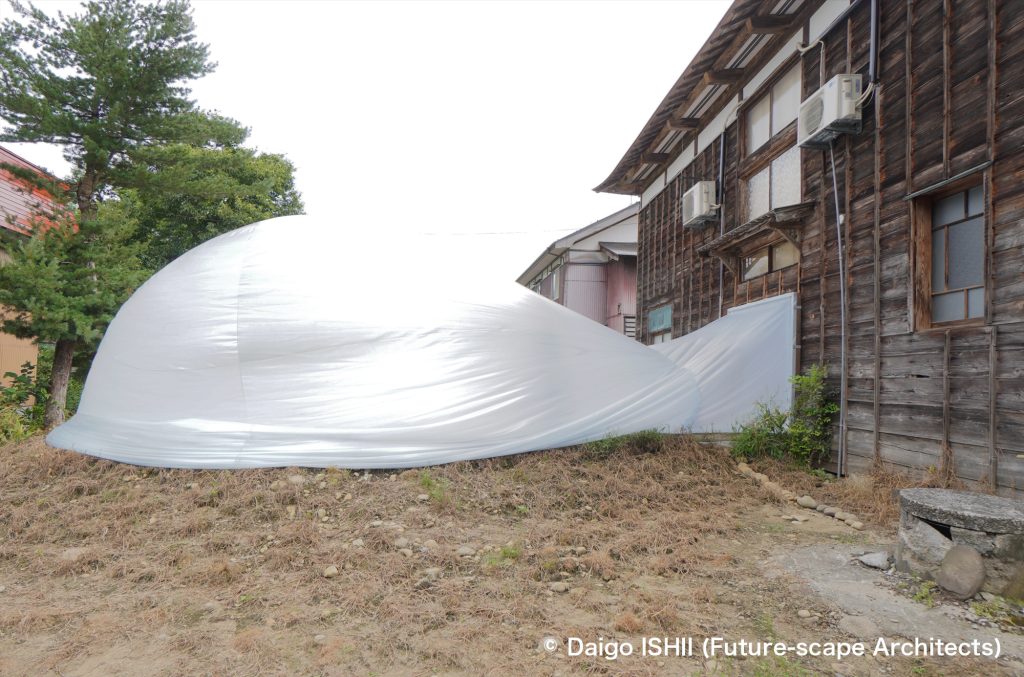
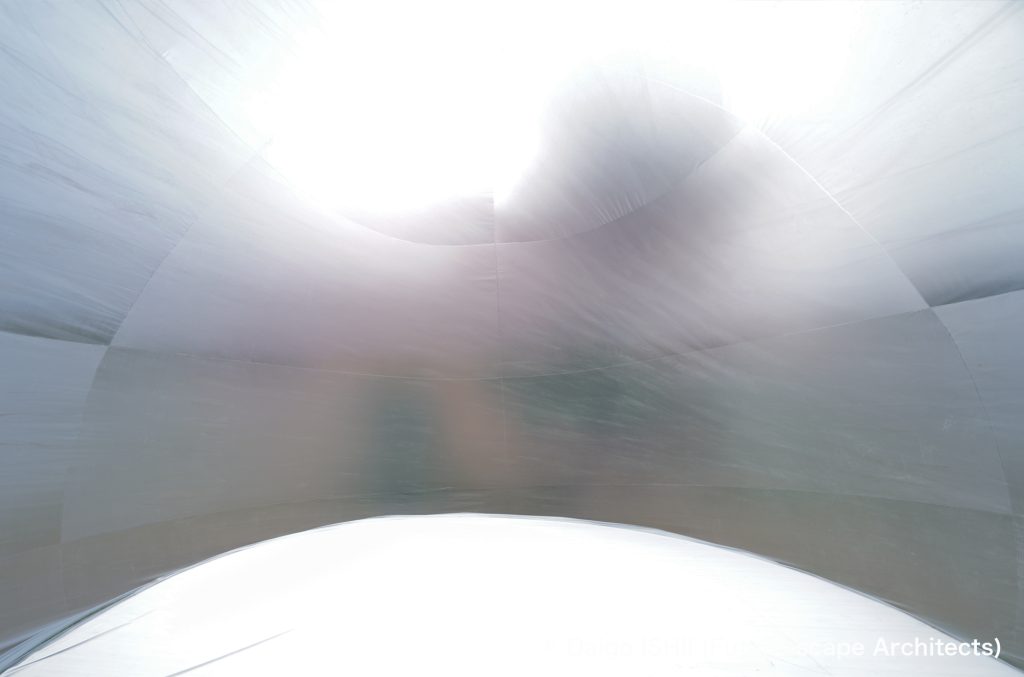
2024 Yoko SEGAWA ”Saiyah #2.10”
It is a participatory light artwork. A rotating glass panel splits the light into various colors, and when a visitor places a panel of splitting glass between them, the light is split into even more complex colors and is changing color. (Opening during the 2024 event)
English Website
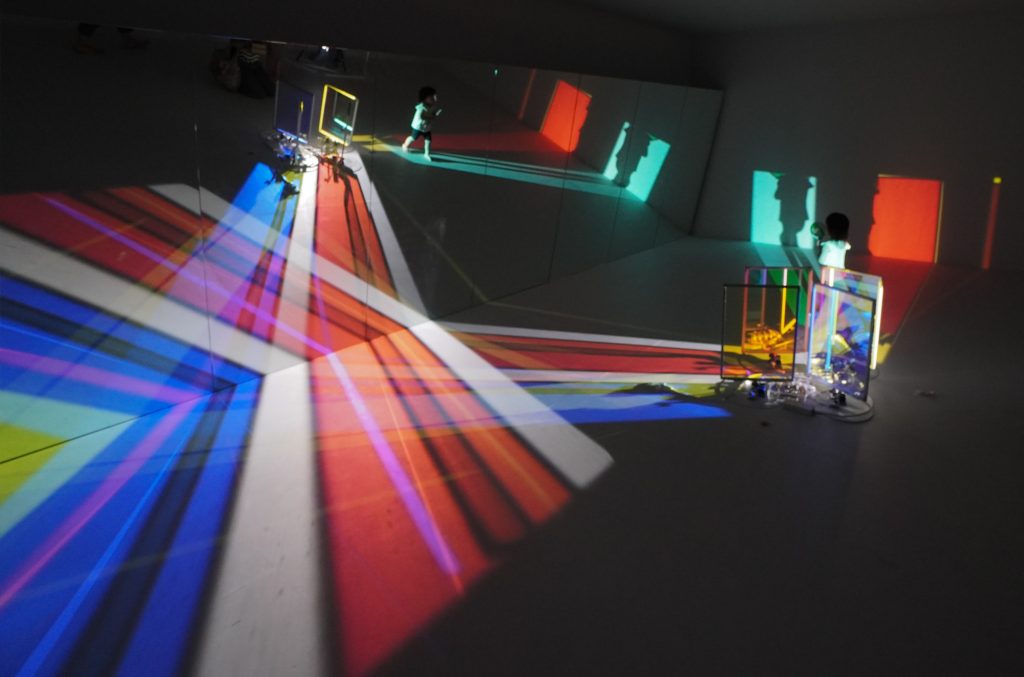
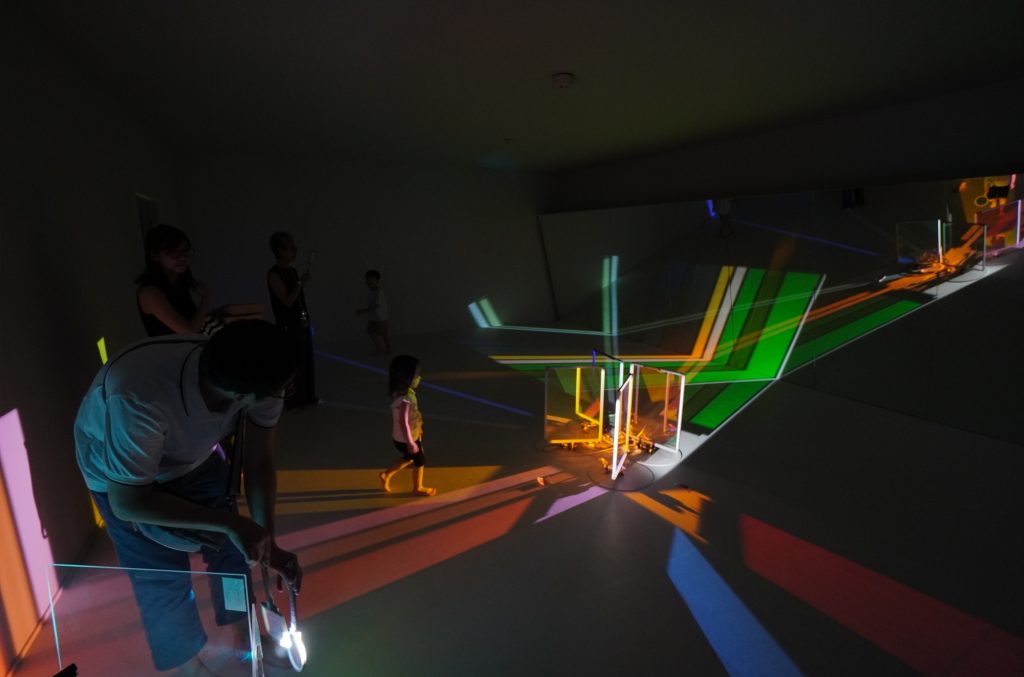
2024 Rintaro HARA + Yu HARA + Others ”87-Day Square Adventure with Captain MonET”
This group exhibition takes place in the corridors of KINARE, one of the main venues of the Echigo-Tsumari Art Triennale 2024. Curated by Rintaro HARA and Yu HARA, 11 groups of artists participate. There are many artworks that involved visitor participation, which children and families enjoy. (Opening during the 2024 event)
English Website
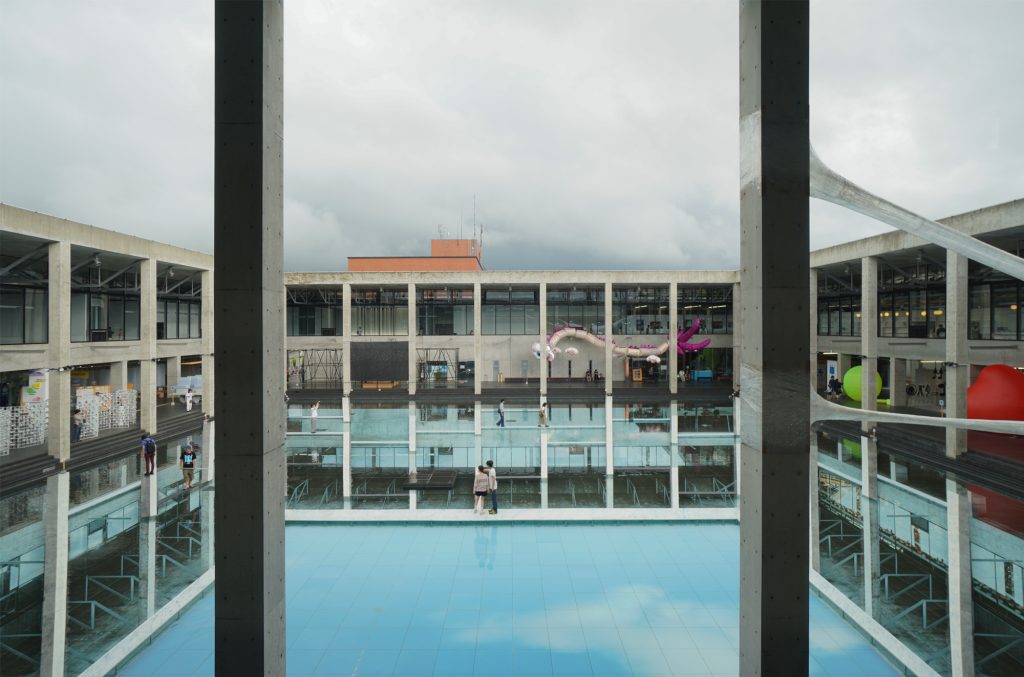
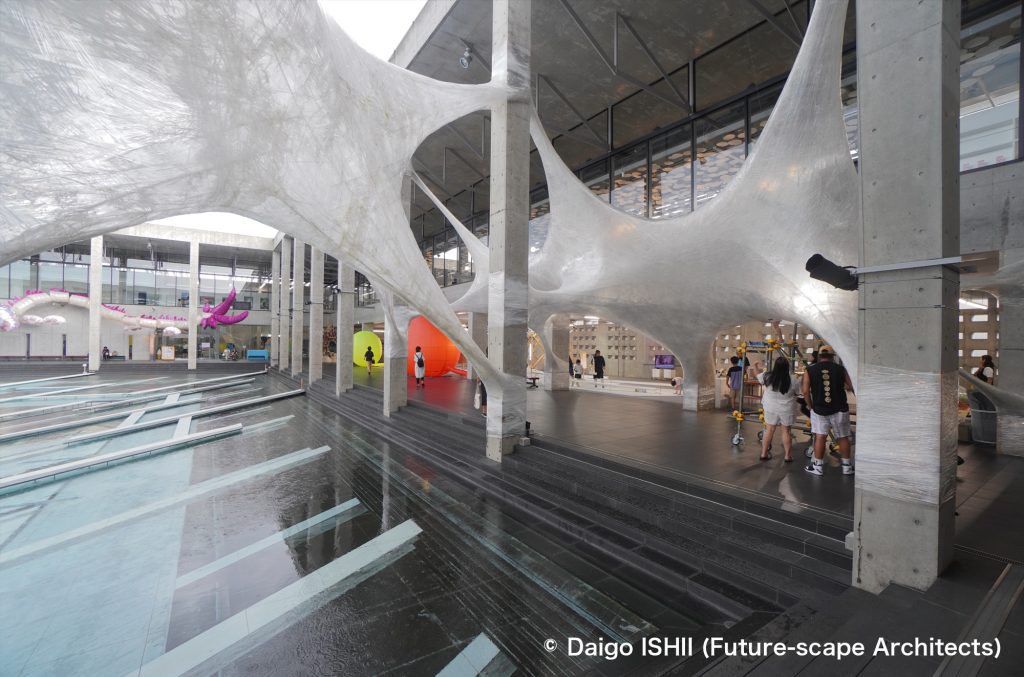
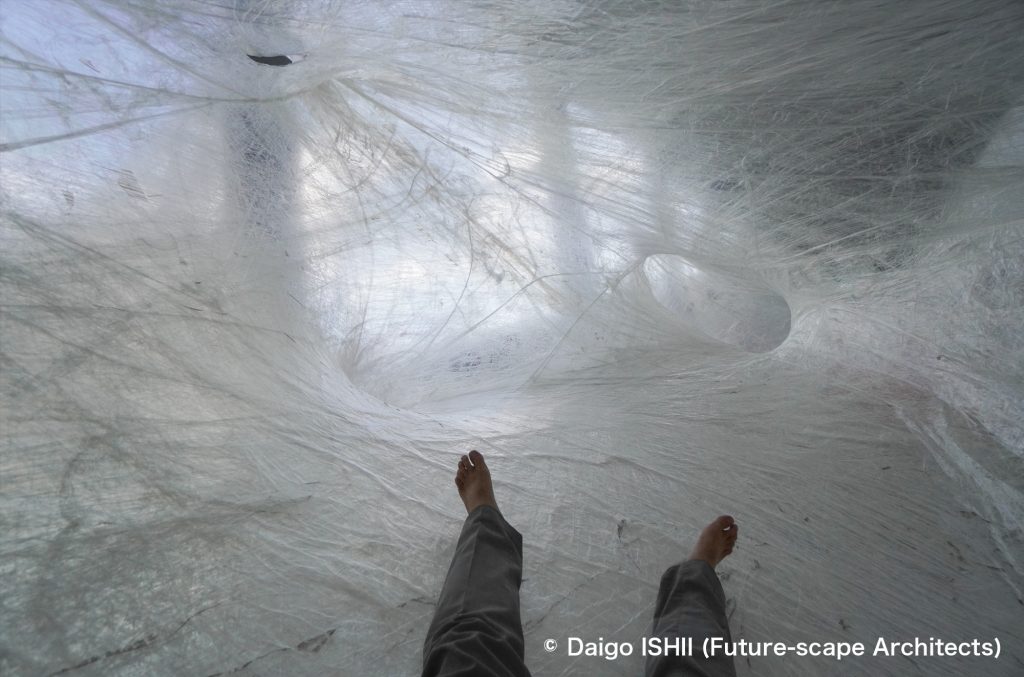
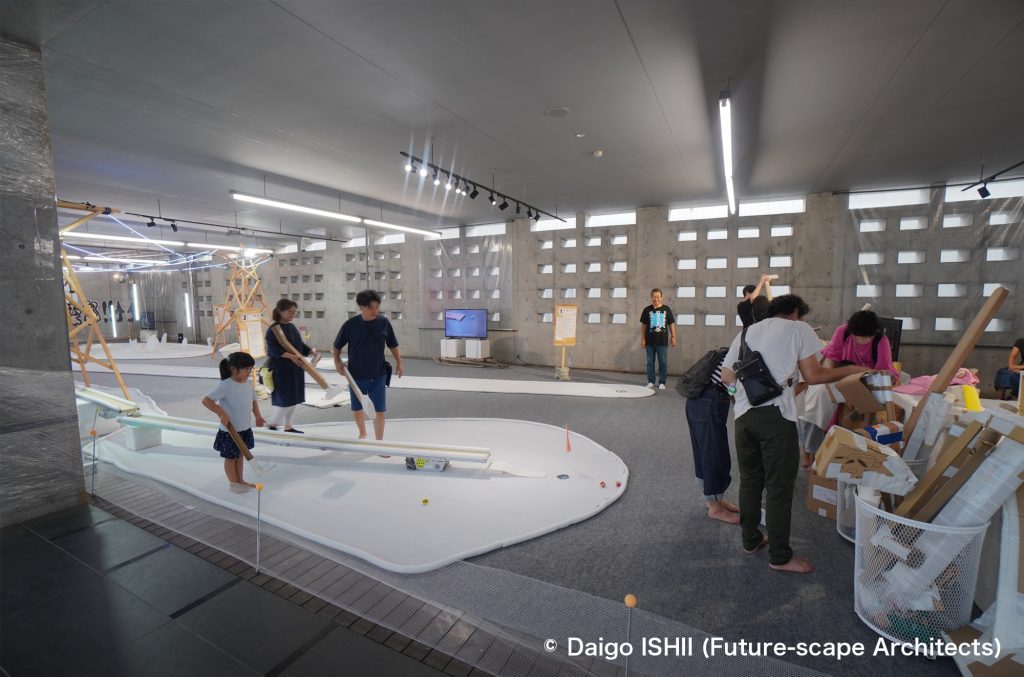
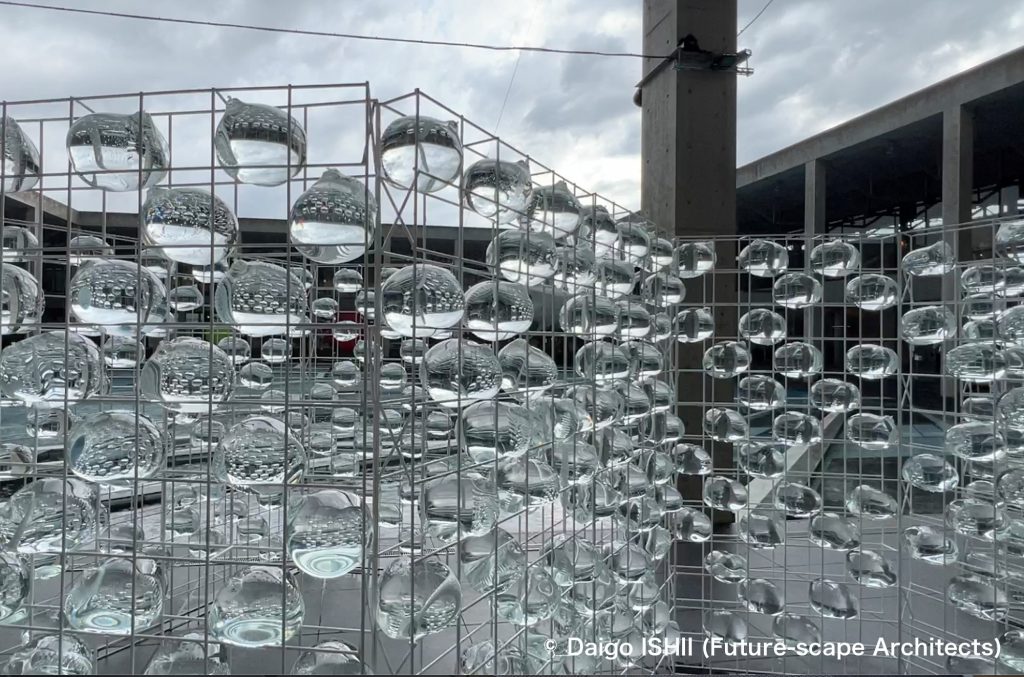
2024 Hiroshi HARA & Hara Lab. (Institute of Industrial Science, The University of Tokyo) ”25 MUSIC STANDS – A SEMIOTIC FIELD IN A MODAL CITY”
This is a restoration work created in 1995 that toured overseas. Various light signs, symbolizing the phases of modern cities, are placed on 25 music stands and flash. (Opening during the 2024 event)
English Website
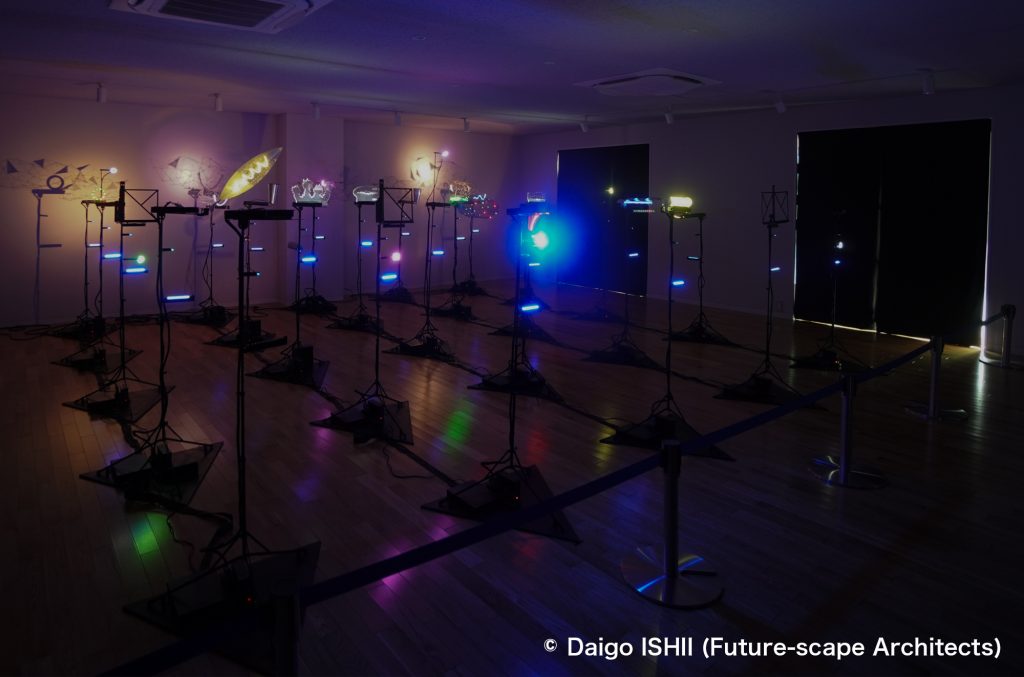
Click here for your impressions
reference
"越後妻有アートネックレス整備事業計画書"(アートフロントギャラリー,1999)
"大地の芸術祭 越後妻有アートトリエンナーレ2000"(越後妻有大地の芸術祭実行委員会,2000)
"大地の芸術祭 越後妻有アートトリエンナーレ2000"(越後妻有大地の芸術祭実行委員会,2001)
"大地の芸術祭 越後妻有アートトリエンナーレ2003 ガイドブック"(大地の芸術祭・花の道実行委員会東京事務局,2003)
"越後妻有アートトリエンナーレ2006 大地の芸術祭ガイドブックー美術手帖2006年7月号増刊"(美術出版社,2006)
"公式ガイドブック 大地の芸術祭アートをめぐる旅ガイドー美術手帖2009年8月号増刊"(美術出版社,2009)
"現代美術がムラを変えた 大地の芸術祭"(北川フラム,角川学芸出版,2010)
"美術は地域をひらく 大地の芸術祭10の思想"(北川フラム,現代企画,2014)
"公式ガイドブック 大地の芸術祭 越後妻有アートトリエンナーレ2015"(現代企画室,2015)
"大地の芸術祭 越後妻有アートトリエンナーレ2018 公式ガイドブック"(現代企画室,2018)
"大地の芸術祭 越後妻有アートトリエンナーレ2022 公式ガイドブック"(現代企画室,2022)
"大地の芸術祭 越後妻有アートトリエンナーレ2022 公式ガイドブック"(現代企画室,2024)
大地の芸術祭ウェブサイト
Echigo Tsumari Art Field Website
Wikipedia
Please do not use or upload our photos without permission.




